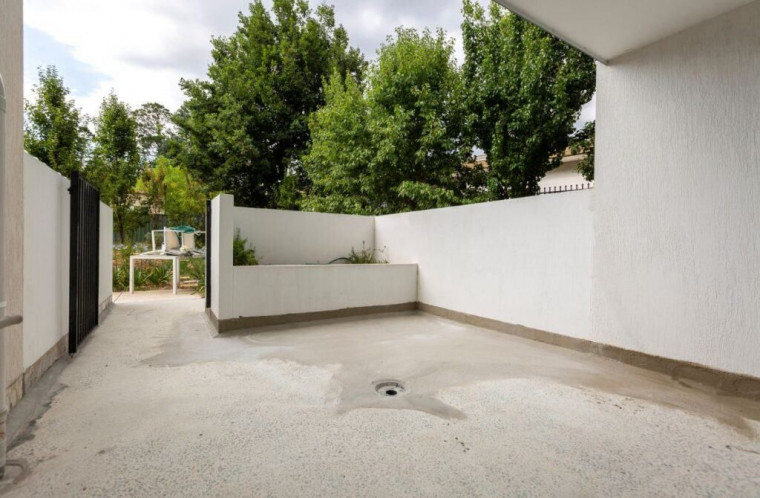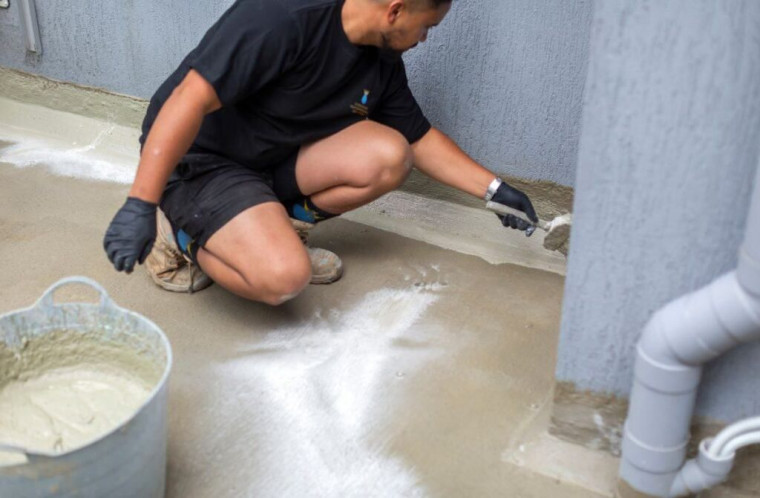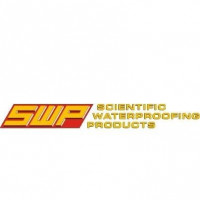-
Australia
Copyright © 2025 Powered by BCI Media Group Pty Ltd
Confirm Submission
Are you sure want to adding all Products to your Library?
Contact Detail
21 Feb 2024 by DRIZORO Scientific Waterproofing Products

In an inner-city suburb of Canberra in the Australian Capital Territory (ACT), a block of apartments faced a critical challenge involving water leaking through the concrete slab over the property’s underground parking area. The leaks primarily affected the block’s podium (courtyard) area.
In response, and to avoid any threats to the integrity of the building’s foundation, the building’s Body Corporate sought a budget-friendly solution that addressed these leaks whilesupporting their need to maintain a durable and trafficable podium surface.
While more traditional repair methods, such as those involving lifting off and replacing the tiles, were suggested, they were deemed too damaging and costly, prompting the Body Corporate to search for an alternative, less-invasive approach.

The primary challenge the Body Corporate faced stemmed from the water leaks appearing in the concrete slab. The leaks were not limited to a specific area, and the slab was beginning to exhibit stress cracks, which were further exacerbating the situation.
With some of the more invasive and more traditional repair methods deemed impractical and off the cards, the Body Corporate faced the challenge of:
The building’s Body Corporate needed a resilient and cost-efficient solution.
This was when StressLess Waterproofing and CE Industries, who supply and utilise Drizoro Scientific Waterproofing Products (SWP), were brought on board with the ideal solution and waterproofing products to complete the job.

The solution proposed, and ultimately pursued, involved the dual use of the Drizoro MAXJOINT® Elastic Express, a quick-setting waterproof; trafficable; UV stable; highly flexible; cement-based control joint mortar, and the Drizoro MAXSEAL® Traffic, a cement-based waterproofing membrane known for its UV stability, flexibility, and traffic-bearing capabilities.
The first step was to address the stress cracks that had formed in the concrete with MAXJOINT® Elastic Express. This is a two-component product composed of:
1. Component A: Special synthetic resins in water dispersion.
2. Component B: Cements, additives, and special aggregates.
The value of the product lies in the fact that when both components are mixed, an elastomeric quick–setting waterproof; trafficable; UV stable; highly flexible; cement-based control joint mortar is achieved, suitable for urgent sealing of joints and cracks. To implement this, the StressLess Waterproofing team followed the basic application instructions:
1. Surface preparation: the team removed the existing tiles and screed from the area andidentified cracks more than 3mm wide. Using a grinder, the cracks were made larger into a “U” shape (minimum 10mm wide and deep). The team then ensured the surface was clean, solid, and free of contaminants before dampening it with water and waitingfor a matte appearance.
2. Mixing: they then combined the pre-weighed components A and B and mixed them for 2-3 minutes until homogeneous, then allowed a 5-minute rest before briefly remixingthe pot.
3. Application: they then applied the mixture to the wet surface using a trowel pushingagainst the joint bottom to avoid air bubbles.
4. Curing: Finally, after allowing 3 days for permanent water immersion, it was time to undertake the waterproofing stage.
From here, MAXSEAL® Traffic was applied.
The product’s unique application process involved:
1. Surface preparation: due to the previous application of MAXJOINT® Elastic Express, the surface was now structurally sound and free from voids, holes, and static cracks. To start, the team ensured the concrete was thoroughly wet.
2. Mixing: the team then combined the pre-weighed components A (a special liquid resin) and B (powder) by pouring 3/4 of the liquid resin into a tub and mixing with a low-speed drill for 2-3 minutes before adding the remaining resin.
3. Application: the team then used a hard fibre brush, like the MAXBRUSH, to apply the mix to the wet surface. Using a brushing movement ensures effective coverage and penetration into cracks and capillaries. Whilst the first coat of MAXSEAL® Traffic was wet, the team added MaxMesh over the joints, particularly cold joints, for added reinforcement.
4. Curing: the team waited approximately 24 hours before the second coat could beapplied. For the second coat, the surface was made wet again before brushing on the final coat of MAXSEAL® Traffic.
In the end, the decision to use MAXJOINT® Elastic Express in combination with MAXSEAL® Traffic not only addressed the waterproofing problem, but also eliminated the need for costly tile replacements. This innovative solution allowed for efficient waterproofing, crack repair, and enhanced structural protection.




